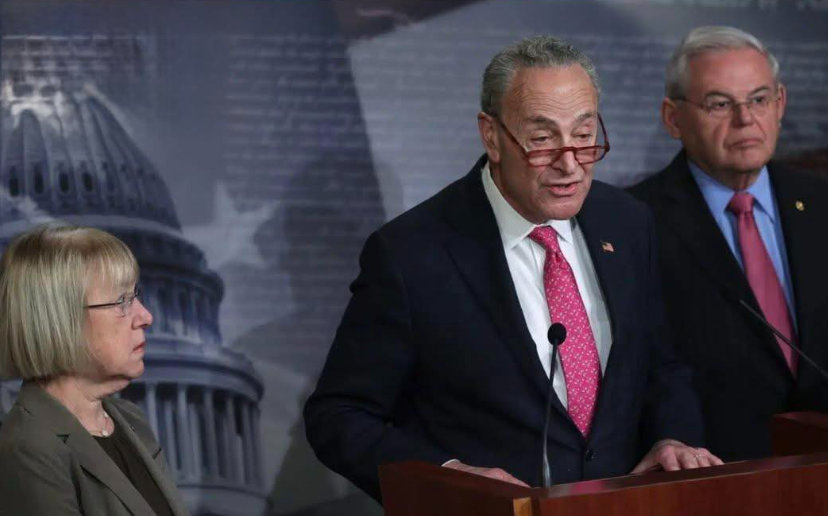By the time the full story emerged, the initial wave of outrage had already raced far ahead of the facts, moving faster than any correction or clarification could hope to catch. Social media feeds were flooded with interpretations, commentators had given interviews in which their own assumptions were treated as established truth, and countless people—many of whom had not been present at the scene—felt certain they had witnessed a blatant act of disrespect, a moment that confirmed their worst suspicions. The narrative had already taken on a life of its own, fueled by rapid sharing, emotional reactions, and the compounding effect of thousands of retweets, shares, and reposts. In the minds of millions, the event had already assumed the dimensions of scandal, judged not by what had actually happened but by the way it appeared in a single, striking image.
Yet the reality of the situation was far more mundane, far less sensational than the collective imagination had made it. The flag had not been discarded or mishandled. On the contrary, it had been carefully secured within a specialized compartment, following long-established protocol designed precisely to protect it from the turbulent downdraft created by Marine One. Every step had been deliberate, informed by procedures refined over decades to ensure that the flag never came into contact with the ground or suffered damage. This was not negligence; it was conscientious attention to detail, a reflection of institutional care and respect, performed away from the gaze of a world primed to see controversy.
That stark contrast—between what people thought they saw and what had actually occurred—transformed the incident into a cautionary tale about the power and peril of images in the digital age. In a single frame, stripped of context and magnified through the lens of social media, millions found a canvas onto which they projected their fears, frustrations, and deeply held political beliefs. Every viewer interpreted the image through the filter of their own expectations, biases, and emotional investment, often missing the procedural realities unfolding just beyond the camera’s edge. What should have been a small, easily explainable occurrence became a flashpoint, a microcosm of how the immediacy of modern communication can warp understanding and escalate perception into outrage before verification has a chance to intervene.
In the end, the photograph did not reveal a scandal or a lapse in judgment; it revealed something far more revealing about society itself: the velocity with which perception can outrun truth, the fragility of patience in the face of viral images, and the essential importance of verification in a world that rarely pauses before reacting. It highlighted the degree to which collective assumptions and instantaneous emotional responses can dictate public discourse, often outpacing the slow, careful unfolding of facts. The incident stands as a reminder that what is seen is not always what is true, and that the careful observer—patient, questioning, and aware of context—remains one of the few bulwarks against misinterpretation.
Moreover, the episode underscored how deeply visual culture shapes contemporary understanding. A single frame, frozen in time, possesses an almost hypnotic power to convince, inflame, or terrify, precisely because it bypasses the slower, more deliberate processes of reading, researching, and analyzing. The photograph became a lightning rod, sparking commentary, opinion pieces, and online debate that carried far beyond its actual significance. It revealed how quickly narratives can form, how readily assumptions solidify into perceived fact, and how easily a momentary glimpse, divorced from context, can come to define reality for those who never look beyond it.
Ultimately, this incident is less about a flag, Marine One, or protocol than it is about human perception, media dynamics, and the accelerated pace of judgment in the digital era. It is a lesson in restraint, in the importance of patience, and in the careful weighing of evidence before reaction. It reminds us that outrage, once unleashed, is difficult to contain; that images, powerful though they are, rarely tell the whole story; and that the responsibility to seek context, to question assumptions, and to verify before sharing is more vital than ever. In a world where moments can go viral in seconds, the story of this flag serves as a quiet but enduring admonition: truth may arrive late, but its grounding in reality is what ultimately matters, far more than the speed with which perception runs ahead.
